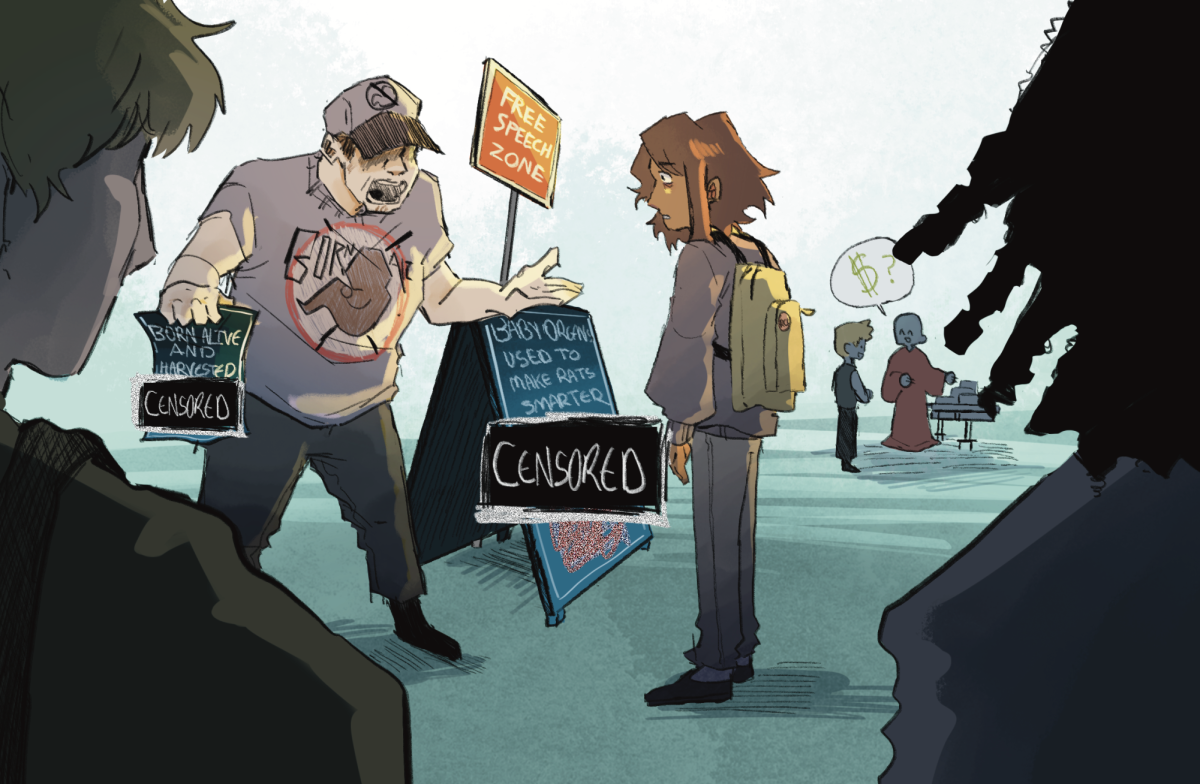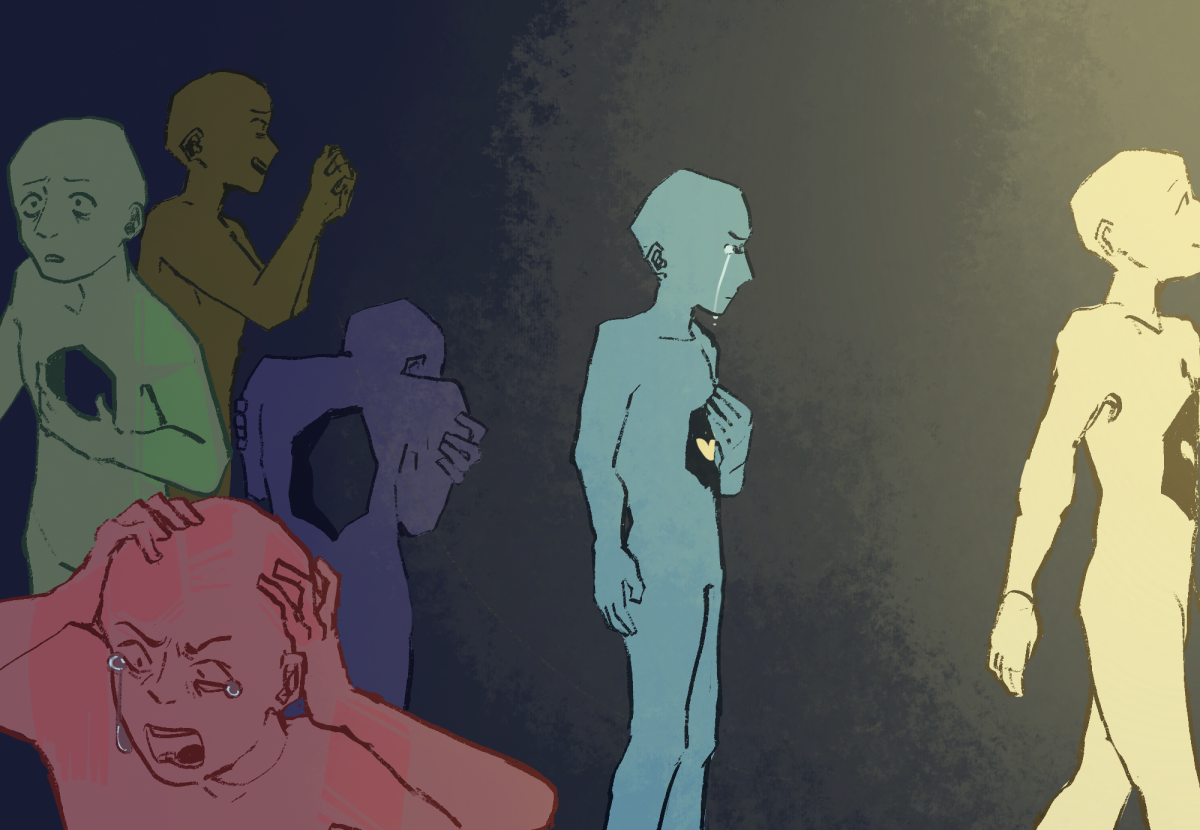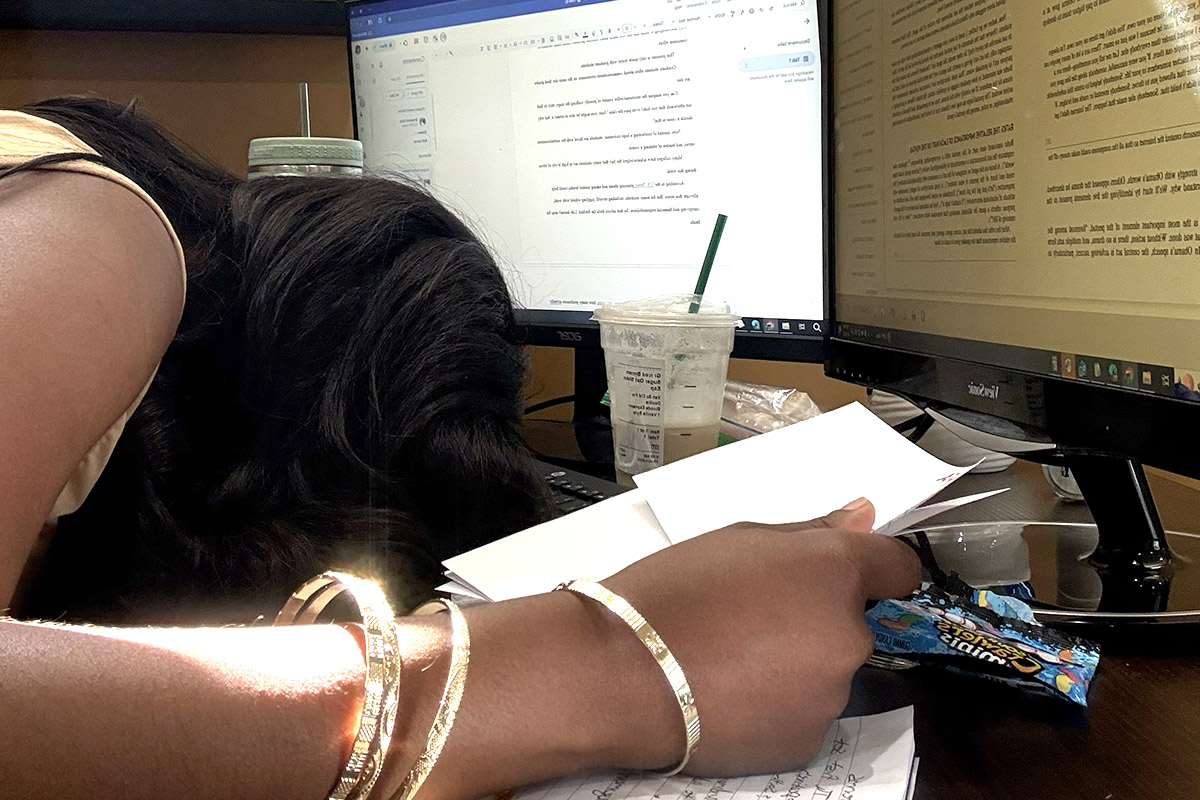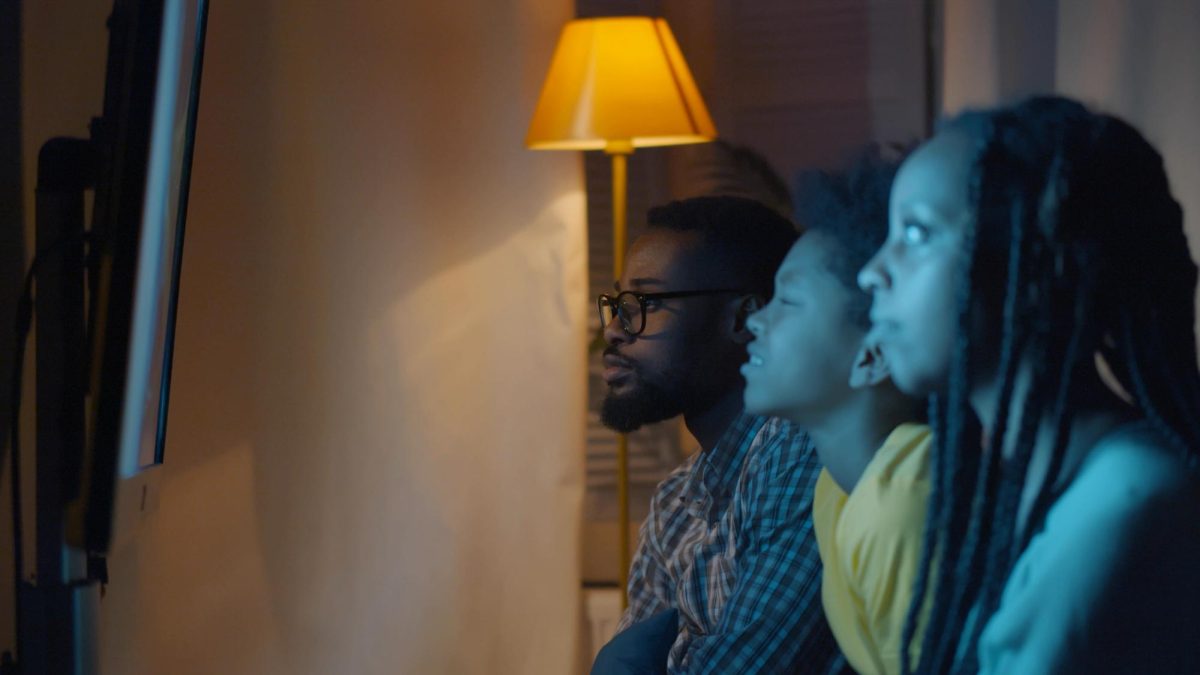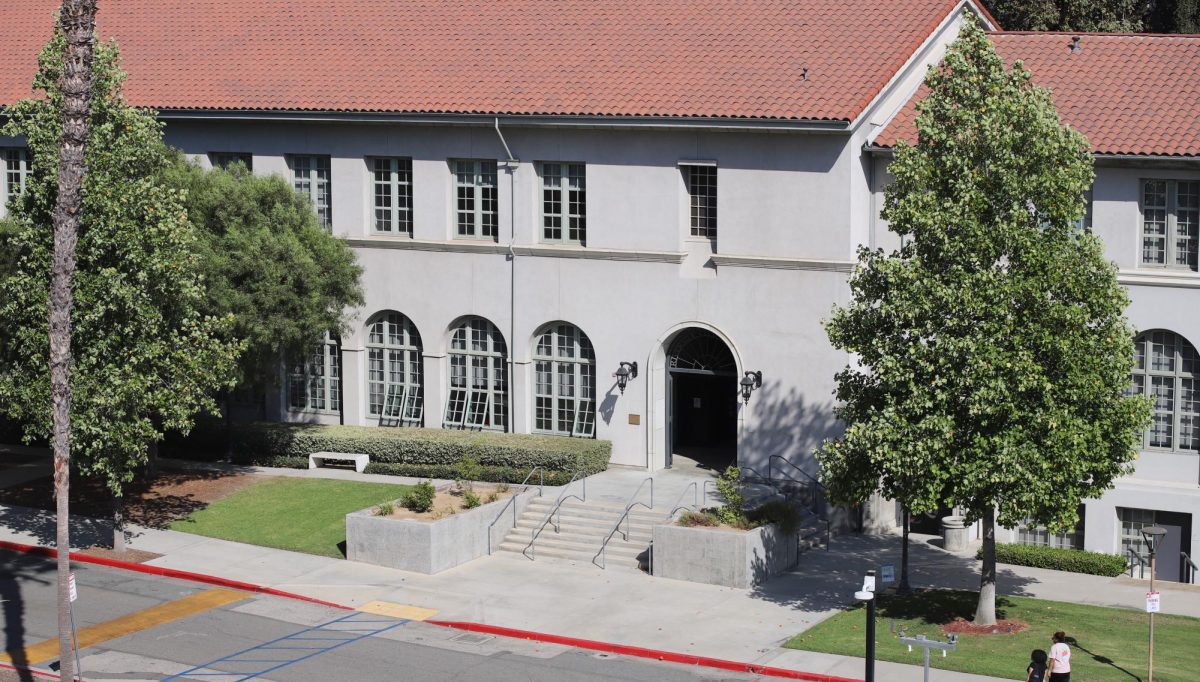
By The Viewpoints Editorial Board
Ever since the horrific beating of Rodney King was captured on video, Black and Brown Americans have wondered what it would take for the judicial system to hold police accountable.
Despite the recording of King’s beating at the police’s hands, a jury acquitted three of the officers and deadlocked on the other.
The case illustrates that while camera phones can capture police doing something wrong, they don’t ensure that justice will prevail. That lesson seems especially relevant today as we watch the news coverage of the Derek Chauvin trial. Chauvin has been charged with second-degree murder after the former Minneapolis police officer knelt on George Floyd’s neck for for over nine minutes, until the unarmed Floyd was dead.
While some outside the Black and Brown community who have seen the video will ask “what more do they need,” minorities already know that when it comes to the use of deadly force against them by police, it’s never that simple.
All of the following men died after George Floyd and all the deaths were recorded by the police’s body cameras or witnesses:
Manuel Ellis, of Tacoma, Washington, died while being restrained by police. He pleaded with the officers several times and indicated he could not breath.
Derek Ollie Scott, of Oklahoma City, died while being restrained by police, all the while indicating he could not breathe. Scott’s mother said “there are a lot of George Floyds and my son was one of them.”
Antonio Valenzuela, of New Mexico, was killed by an officer’s choke hold after a traffic stop.
Javier Ambler, of Austin, Texas, died after being held down and tasered four times by police.
Only one of these instances resulted in charges against the officers involved. The officer responsible for Valenzuela’s death was charged with manslaughter. The defense in every instance of this nature will insist that you are not seeing what you are clearly seeing.
By way of background, Minnesota v. Chauvin involves George Floyd, a 46 year old Black man, who died May 25 after spending minutes pleading for his life from underneath former police officer Chauvin’s knee. The final minutes of Floyd’s life were captured on a teenage girl’s cellphone video.
The prosecution in its opening statement in the Chauvin trial told jurors to “believe your eyes” when they watch the video evidence of Floyd’s final minutes. As with a number of cases involving the use of deadly force by police, the defense will insist that your eyes are deceiving you.
The defense has stated that Chauvin forcibly pressing his knee into a sensitive area of Floyd’s anatomy for over nine minutes did not cause his death, but that it was instead caused by drug usage and his heart condition. They are essentially arguing that when someone’s heart stops as the result of strangulation, death occurs because the heart stopped and the strangling had nothing to do with it.
As with most cases of this nature, character assassination of the deceased is a common defense tactic. In that sense, the unfortunate Floyd has also been put on trial.
The evidence presented against Chauvin thus far is compelling. It includes testimony from passersby, an off-duty fireman, EMTs and police department officials.
Lt. Richard Zimmerman, the most senior member of the Minneapolis Police Department, testified that Chauvin’s actions go far beyond accepted police protocols. He referred to a knee on the neck as “deadly force” and would be considered “the top tier” of force. He further characterized Chauvin’s actions as “totally unnecessary.”
Another key witness, David Pleoger, a retired Minneapolis police sergeant, testified that the department’s policy requires that officers roll restrained people on their side to avert potential breathing problems.
Even chief, Medaria Arradondo, testified against Chauvin. When queried about Chauvin’s behavior upon restraining Mr. Floyd, Chief Arradondo stated:“Vehemently disagree that that was appropriate use of force,”
“(I) absolutely agree it violates our policy … it’s not part of our training … ethics or values.”
All the eyewitnesses’ testimonies have been impactful, emotional, often tearful and indicative that they feel Chauvin’s actions are unjustifiable. The memory of what they witnessed that day haunts them.
After all is said and done, there will always be that image of Chauvin resting comfortably on the victim’s neck until life was slowly, agonizingly choked from his body.
Those looking for justice in this incident hope that the jurors actually believe what their eyes can see.



